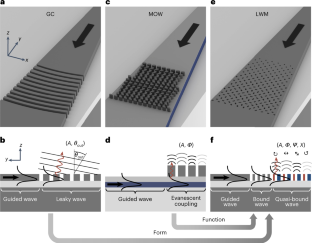2023-05-08 ノースカロライナ州立大学(NCState)
◆コンピュータテストでは、このモデルが従来の第一次対応者を事故現場に迅速に到達させるための技術よりも優れていることが示されました。
◆このモデルは、長期的な計画と日々のインシデント対応リソースの割り当ての両方に使用できます。研究者たちは、モデルをさらに改善するためにパイロットスタディを実施するパートナーを募集しています。
<関連情報>
- https://news.ncsu.edu/2023/05/helping-first-responders/
- https://onlinelibrary.wiley.com/doi/10.1111/mice.13016
列生成とラグランジュ緩和を併用した入射者位置・配置のための手法 Joint column generation and Lagrangian relaxation technique for incident respondent location and allocation
Asya Atik, Leila Hajibaba
Computer-Aided Civil and Infrastructure Engineering Published: 04 May 2023
DOI:https://doi.org/10.1111/mice.13016

Abstract
Incident response operations require effective planning of resources to ensure timely clearance of roadways and avoidance of secondary incidents. This study formulates a mixed-integer linear program to minimize the total expected travel time and maximize the demand covered. The model accounts for the location, severity, frequency of incidents, dispatching locations, and availability of incident respondents. An integrated methodology that includes column generation and Lagrangian relaxation with a density-based clustering technique that defines incident hot spots is proposed. The hybrid approach is applied to an empirical case study in Raleigh, NC. A network instance with 10,672 incident sites, clustered with a search distance (ε) of 5 min, is solved efficiently with an optimality gap of 1.37% in 2 min. A Benders decomposition technique is implemented to conduct benchmark analyses. The numerical results suggest that the proposed algorithm can solve the problem efficiently and outperform the benchmark solutions.



